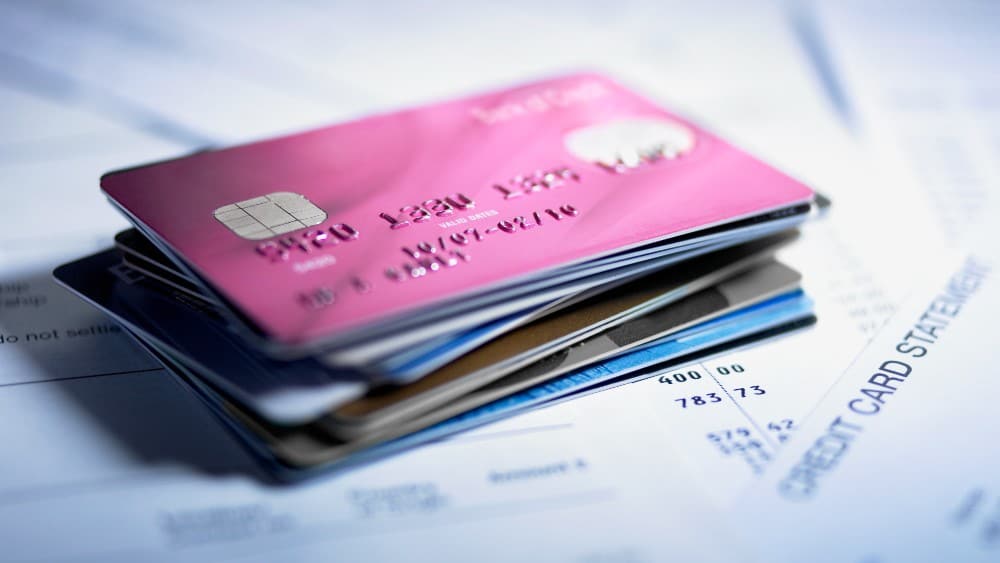Investors these days are struggling with a lot. In fact, everyone is. But perhaps no one more so than those dealing with debt.
If you’re investing in a Tax-Free Savings Account (TFSA), it can be incredibly hard looking at your investments drop, especially funds tagged for emergency money. Now, you have debt to manage as well.
So today, I’m going to help you reduce your debt down to zero, and continue this method of saving to create huge emergency funds that will never deplete again!
Enter the “snowball method”
There is a method of reducing debt that many out there have been using for years. It has helped countless individuals reduce their debt to zero, and it’s called the “snowball method.”
For this method, you line up all of your debts from the smallest amount to the largest. While making minimum payments for every single debt you have, you’ll then take any extra cash to throw at your smallest debt first.
I do mean any extra cash. This might be your tax refund. It could be a gift from your parents. It might even be a salary increase. If you’re budgeting on one amount, don’t change your lifestyle to fit a new budget. Instead, pay off your debts first.
Once that first small debt is paid, you use the same strategy to move on to the next debt. Pay the minimums of the rest, throw everything at that one. When it’s paid, move on to the next and so forth. It might take two or so years, but your large debts will be paid off!
Keep it going!
Now that you’ve been used to putting cash aside in this method, don’t stop now! While you certainly don’t want to put yourself into further debt, I would consider continuing to put any extra cash you have towards an emergency fund.
By doing this, you can therefore make sure you don’t go into debt again. Life happens, market crashes happen! By having an emergency fund, you’ll be prepared for the next time you suddenly need to take on debt.
And I would still consider keeping that emergency fund in a TFSA. Just make sure to invest in something stable. A great option in my opinion is the Vanguard Balanced ETF Portfolio (TSX:VBAL).
This has a 60/40 split of equities and bonds, but it gets better. Not only do you have a management team looking out for your investments in this portfolio. VBAL invests in other Vanguard ETFs. So you have an enormous group of experts all working towards the goal of balanced growth.
Vanguard also offers a 2.14% dividend yield, with shares up 3.32% year to date, and 7.27% in the last three years. So that’s stable growth you can count on.
Bottom line
By adopting this snowball method, and using it towards your emergency fund, you can tackle your debts and continue saving. Whether it’s running into a garage door, your child’s education, or even a medical emergency, you’ll be sure to have cash on hand no matter what.
And if there is no emergency? Guess what! You’ve now got plenty of cash available for retirement. So use this time as an advantage and invest in a great stock like VBAL once your debts are down.








